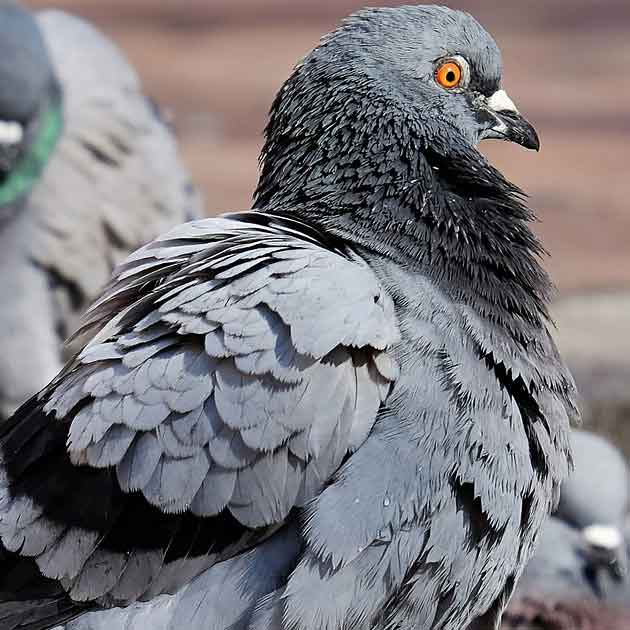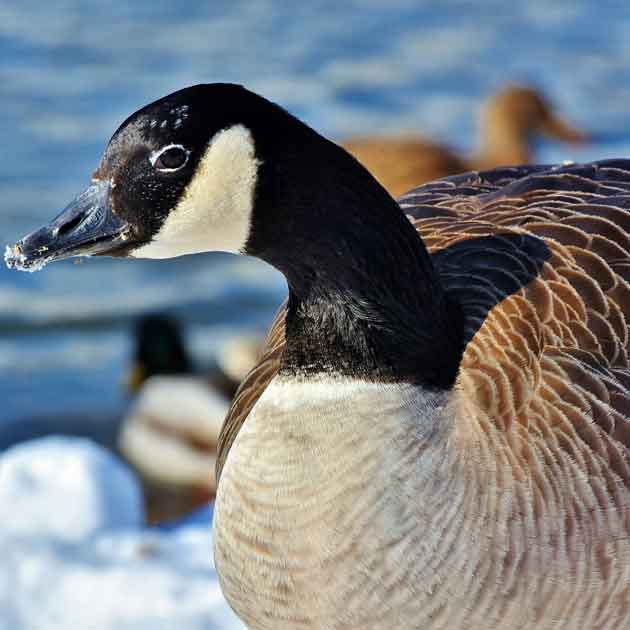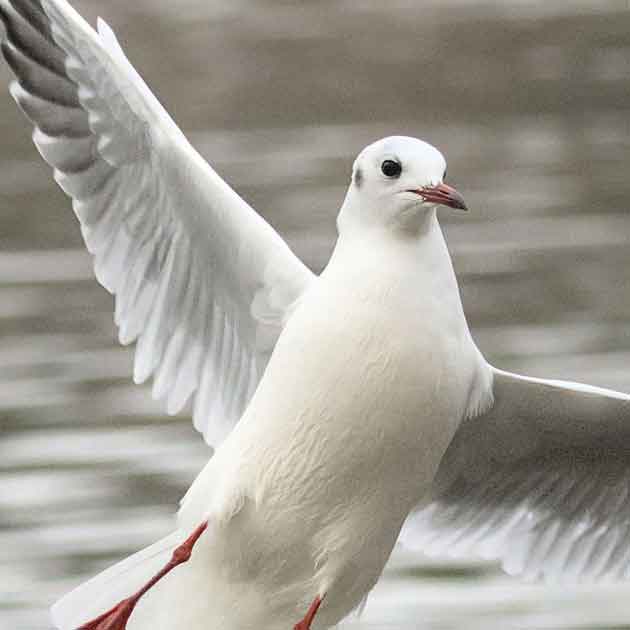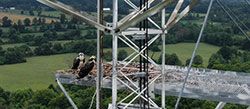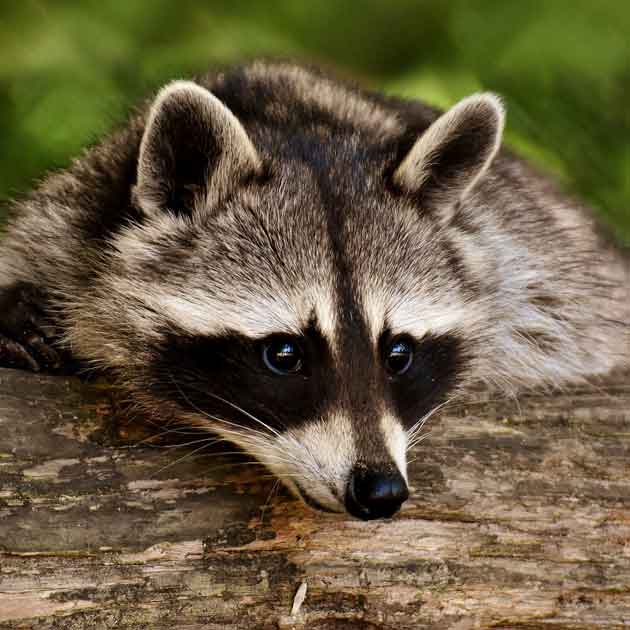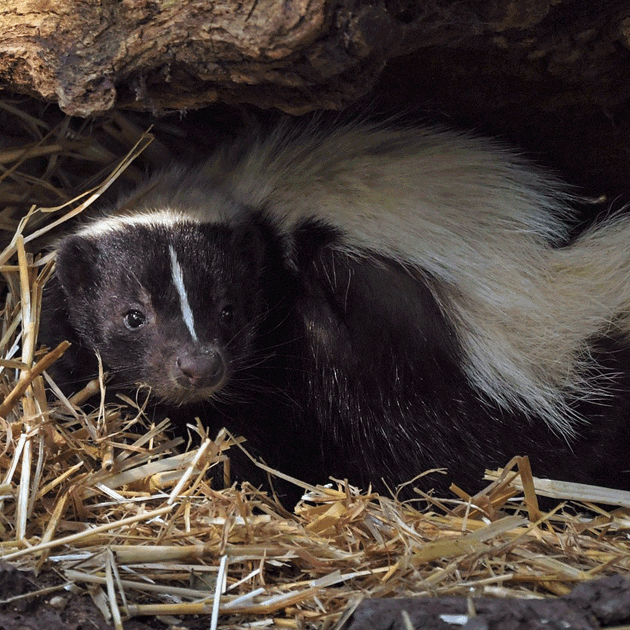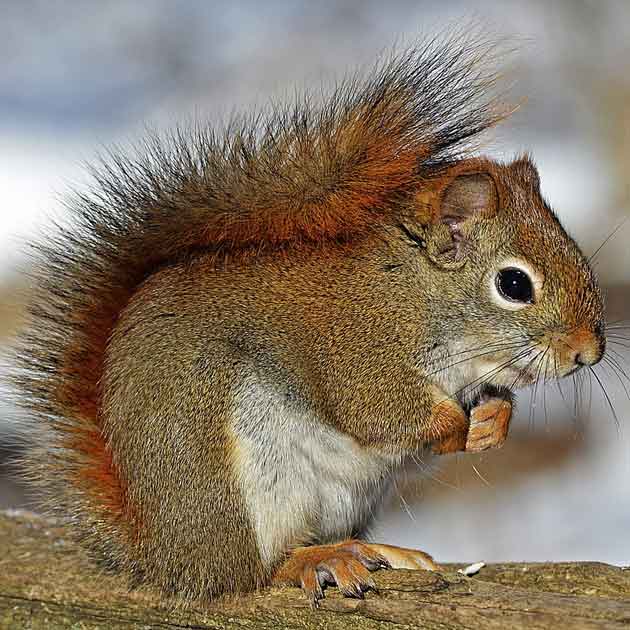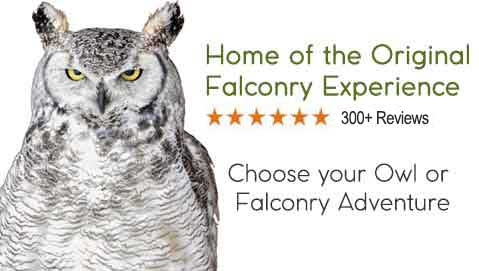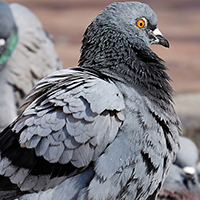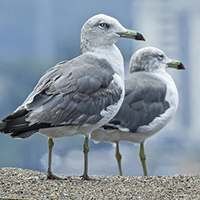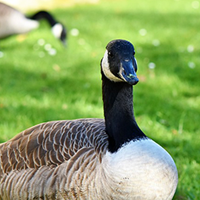Geese, particularly the large Canada Goose, can cause a range of problems. They are aggressive, breed prolifically, can pose a safety risk, health hazards and cause property damage. They thrive in many different environments, whether urban, agricultural, industrial, or rural. The goose population has increased over the years mostly due to the abundance of food and lack of predators in many areas. The issues around Canada Geese:
- Geese are known for their large numbers and aggressive demeanor, especially when protecting nests or young.
- Their aggressive behaviour can pose a serious threat to people.
- Geese pose a health risk because their droppings, and even their feathers can carry disease - bacteria, fungal and parasitic infections.
- Geese congregate at parks, beaches, cemeteries, golf courses, agricultural lands, even stopping traffic to cross a road.
- Geese pose a dire threat to aircraft and human life around airports.
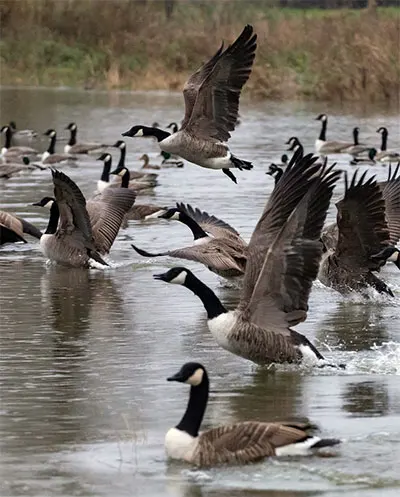 Using Falconry to Control and Relocate Geese
Using Falconry to Control and Relocate Geese
Using falconry for geese control is using the laws of nature. The natural predator - prey relationship that Mother Nature put in place is an ethical, non-chemical, non-lethal, and environmentally responsible way of controlling the geese population. The raptor of choice for geese control is the Eagle (Bald or Golden).
How does it work?
The raptors used for Wildlife Control are trained to scare off, rather than kill the prey. The mere presence of an Eagle is usually enough to scare away any geese as well as most other birds. It’s relatively easy to target a specific area where geese are most problematic. This targeted approach is very successful when used at airports and in agricultural settings. The advantage of using trained birds of prey to deter geese is that after repeated encounters with raptors the geese are less likely to return to an area, even when the raptors are no longer present. It creates a lasting impression on the geese. Falconry for bird abatement is environmentally friendly and humane. This aligns with wildlife conservation and is the method of choice in areas where environmental impact is a concern.
Falconers can adjust their approach to bird abatement with the seasons as the species and numbers of birds in an area changes with migration and nesting seasons. During nesting season, birds - geese in particular - become more territorial and aggressive, especially when young gosling are present. Combining falconry with other more traditional methods can create a more comprehensive strategy, such as using falconry with habitat modification and reducing available food in the area, makes the area less inviting to nesting geese.
Where does it work?
Falconry for bird abatement offers a natural, humane, and very effective solution to geese and other bird problems in many different settings. Geese tend to like a well maintained grassy area as they eat young grasses, grains and new shoots that are easier to see when the grass is short. Golf courses, cemeteries and parks are a favourite. Different species of pest birds respond to a variety of species of raptors. By leveraging Mother Nature and making the geese fearful of their natural predator, falconry can alleviate the numerous problems associated with geese in a humane and environmentally responsible way. Issues with Canada Geese include property damage and damage to cars and trucks that get hit, bird strikes on airplanes and helicopters (or rotary aircraft).
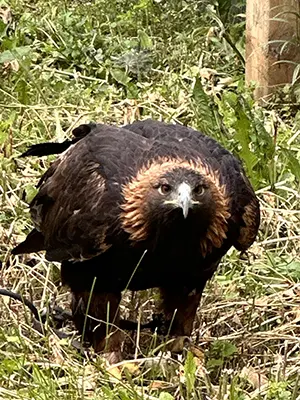 The Benefits of Falconry for Geese Control
The Benefits of Falconry for Geese Control
The effects are long lasting, as geese remember a location where they encountered Eagles as being unsafe. Many airports in North America and in Europe use falconry for bird abatement with great success and this has resulted in a significant decrease in bird strike incidents involving geese and other birds.
The Cost
While falconry is a very effective means of wildlife control, it is a very specialized skill and falconers trained for bird control aren’t always readily available. The number of raptors trained for bird control is also limited. The cost involved in implementing a falconry bird abatement program can be high compared to other methods, but the long term benefits are well worth the investment.
Why is it Important to manage Geese Population?
Traditional methods of goose control involves understanding goose behaviour. Geese have strong familial bonds and once they settle on a nesting site they tend to be there for an entire season. When you can identify potential nesting sites (before geese have settled in) it’s easier to discourage them from nesting than to move them after they’ve built their nest. Once they’ve built a nest and started laying eggs they become very aggressive in their efforts to protect the nest. Geese have been known to attack people getting too close to the nest and there have been many injuries reported.
What other Geese Control Methods can be used?
Habitat Modification:
Just by letting the grass grow a little longer makes it more difficult for the geese to see and get at what they like to eat. More and taller vegetation can discourage geese because they can’t see far enough to know if there is a threat in the vicinity and it’s harder to get at the food. Setting up netting or fences can also discourage geese in the area.
Geese Relocation:
Every summer the geese moult and their feathers used for flight are dropped and new feathers grow to replace them. During this period the birds are unable to fly. Herding of the geese can take place then and they can be relocated. Wildlife laws and regulations must be followed for any geese control.
Using Trained Dogs:
Using well trained dogs is an excellent idea to control and herd the geese. Trained dogs in the area will also discourage geese from nesting or feeding
Who can offer Falconry for Geese Control and Reloation?
Hawkeye Bird and Animal Control has the trained Birds of Prey and the Falconers to do the job of bird abatement and goose control. We have the knowledge, skills, and experience to help you with any goose or bird problems you may have. Contact us today for a free assessment.


